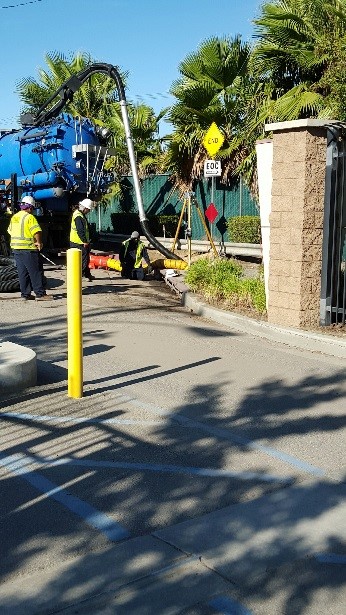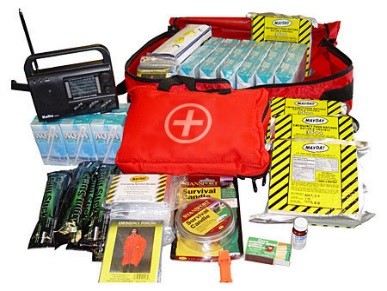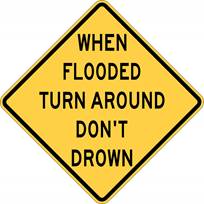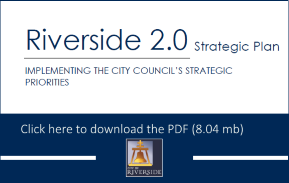El Niño
Latest News
What is El Niño?
El Niño is a warming of the Pacific Ocean that occurs along the equator between South America and the Date Line and can influence the storm track over the West. El Niño conditions do not “cause” individual storms but rather influence their frequency and characteristics. El Niño is typically associated with wetter than normal conditions along the southern third of California eastward following the U.S.-Mexico border and drier than normal conditions in the Inland Northwest and northern Rockies.

What is the El Niño Outlook?
A strong El Niño is predicted during winter 2015/16.
The official NOAA outlooks for Dec-Jan-Feb temperature and precipitation for the West reflect the development of a strong El Niño during this period. There is a 50% chance that winter precipitation totals will be in the top 33% of historic values across far southern California, Arizona, and New Mexico. These outlooks are likely to change as NOOA tracks the progress of El Niño and other climate variables in the coming months. This El Niño event is forecast to rival previous strong El Niño events, such as 1982/83 and 1997/98.


What is the City doing to prepare?
The City of Riverside has existing plans, procedures, equipment, facilities and staff at the ready for all types and degrees of emergencies and disasters. Specifically in response to the El Niño forecast, the City has assembled an El Niño Preparedness Team who has been commissioned to; Prepare an El Niño Concept of Operations Plan, Procure Emergency Equipment and Supplies; Hasten the Clearing of and Maintenance of the City’s Flood Control Facilities; Hasten the Clearing of and Maintenance of the City’s Power System and Infrastructure; and all other activities vital to the preparation for and response to the effects of El Niño.
Additionally, the City is coordinating its preparedness efforts with County, State, and Federal emergency management agencies. The City’s Office of Emergency Management is charged with the day-to-day planning efforts and coordination activities with these other levels of government.

What should you do to prepare?
Taking steps now to prepare will go a long way towards your personal safety and that of your family during the forecasted El Niño winter weather.
Before the Storm During the Storm After the Storm
- Keep insurance policies, documents and other valuables in a safe-deposit box.
- Check your homeowner’s or renter’s insurance for flood insurance coverage. If none exists, purchase.
- Store supplies at work, home and car in handy locations. Essential supplies include:
- First aid kit and essential medicine
- Food (packaged, dried, canned or food for special diets and for pets)
- Non-electric can opener
- Portable, battery-operated radio
- Flashlights
- Extra batteries, stored in water-tight plastic bags
- Drinking water, stored in closed clean containers. Allow one gallon of water per person per day for at least three days.
- Keep your car fueled (3/4 to a full tank).
- Know safe routes from your home or office to high, safe ground.
- Keep sandbags, plywood, plastic sheeting, lumber and other emergency building materials handy for waterproofing.
- Adopt a Drain to help in the City's efforts to prevent flooding.
- Clean and maintain house rain gutters.
- Clear private drainage ditches, swales and yard drains.
- Keep yards clean and free of debris to prevent debris flow into City storm drains.
- Install groundcover, plastic sheeting or other protective measues on hillsides to prevent soil erosion.
- Install sandbags or straw wattles to prevent mud and debris flow onto roadways and storm drains.
- Avoid areas that are subject to sudden flooding.
- Do not try to cross a flowing stream where water is above your knees; you may be swept away by strong currents.
- Do not try to drive over a flooded road; you may become stranded and trapped.
- If your car stalls, abandon it IMMEDIATELY and seek higher ground.
- Do not “sightsee” in flooded areas or enter areas blocked off by local authorities.
- Avoid unnecessary trips. If you must travel, dress warm and advise others of your destination.
- Use the telephone ONLY for emergency needs or to report dangerous conditions.
- Stay tuned to local radio or television stations for emergency updates and instructions.
- If flooding is likely and time permits, move valuable household possessions to the upper floors of your home.
- If advised by local authorities to leave your home, move to a safe area before access is cut off by flood water.
- Before leaving, disconnect all electrical appliances, and if advised by your local utility, shut off electric circuits at the fuse panel and gas service at the meter.
- Do not turn gas or electricity back on yourself. Rely on utility crews.
- Do not use fresh or canned foods that have come in contact with flood waters.
- Follow local instructions regarding the safety of drinking water. If in doubt, boil or purify water before drinking. Have wells pumped out and the water tested before drinking.
- Avoid disaster areas; your presence could hamper rescue operations.
- Do not handle live electrical equipment in wet areas. Have equipment checked that has come in contact with water before you use it. 6. Avoid downed power lines and broken gas lines and report them.
- Use flashlights -– NOT lanterns, matches, or candles -- to examine buildings.
- Stayed tuned to radio or television for information and instructions from local authorities.
For more emergency preparedness information, visit www.readyriverside.com
Sandbags and Sand
The City of Riverside operates Emergency Sandbag pick-up sites throughout the winter months in anticipation of continuous and extended heavy rainfall events during which widespread flooding may occur. Sand and sandbags are available to property owners and local businesses on a self-serve basis. Property owners and businesses are requested to take no more than 20 sandbags. These sandbags are not intended for commercial ventures or builders involved in new construction or development. Prepare ahead of the storm, sandbags and sand are available, inexpensively, at most hardware and home improvement stores.

Turn Around Don’t Drown
Flash floods kill over 200 people annually in the U.S. and trap thousands more, jeopardizing the safety of both civilians and professional rescuers. Turn Around, Don’t Drown!
Nearly 50 percent of all flash flood fatalities nationwide involve vehicles. Saving your life can be as easy as turning your car around when you see water on the road. Never attempt to drive through flooded roadways.
Even in relatively shallow water, tires can act as flotation devices, lifting up big vehicles and sending them downstream. It takes only two feet of water to float a 3,000-pound car.
Beware that water covering roadways may hide washed-out bridges or gouged-out roadbeds. If you attempt to drive across, you may not be driving on a road.
Do not attempt to cross flooded roads or streams on foot. It can take as little as six inches of water to knock an adult off his or her feet. Furthermore, water may be flowing more rapidly than it appears.
If flash flooding has already started, evacuate immediately. You may have only seconds to escape. Act quickly!
Move to higher ground away from rivers, streams, creeks, and storm drains. Do not drive around barricades . . . they are there for your safety.
If your car stalls in rapidly rising waters, abandon it immediately and climb to higher ground.
Important Phone Numbers
City Emergency Services
9-1-1
City Non-Emergency Services
826-5311
City Office of Emergency Mgmt.
320-8100



